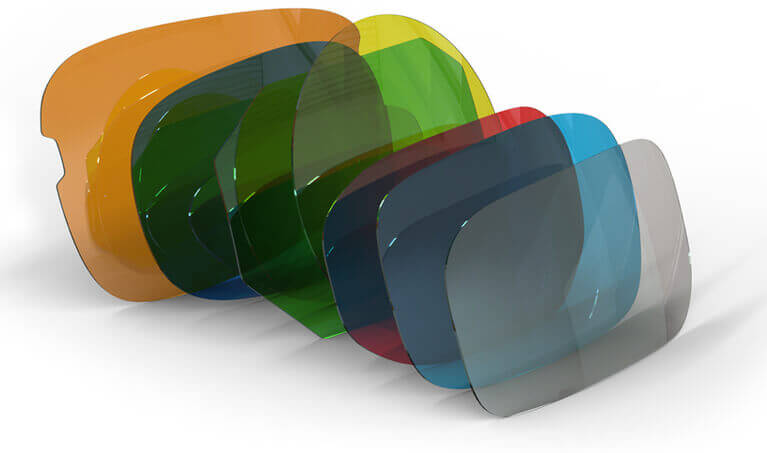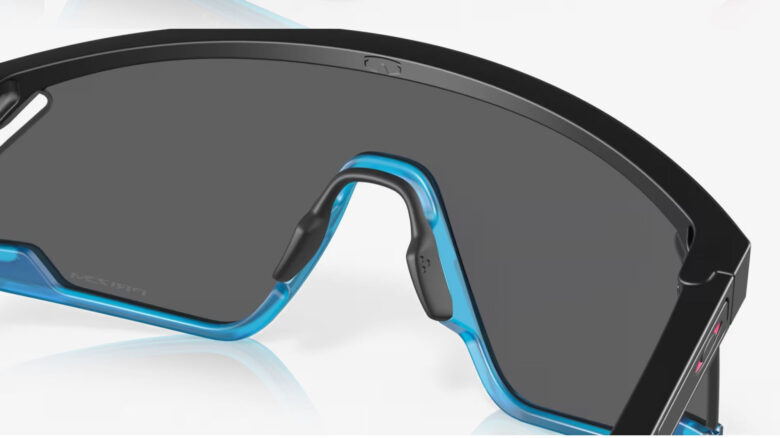Sport sunglasses, a pivotal gear in an athlete’s arsenal, not only symbolize style but are crucial for performance optimization and eye protection. The role of materials in crafting these sunglasses is paramount, dictating their durability, functionality, and the ability to enhance performance.
For athletes, sunglasses are not a mere accessory; they are essential equipment designed to protect the eyes from harmful ultraviolet rays and other environmental elements during intense sports activities. The convergence of science and technology in the materials used underpins the evolution and effectiveness of sports sunglasses, shaping them to meet the diverse needs of athletes across different sports.
The Evolution of Sports Sunglasses
Tracing back to the rudimentary designs, sport sunglasses were initially simplistic, with the sole objective of shielding the eyes from foreign entities. The journey of their evolution is intertwined with relentless advancements in material science. The simplicity of the initial designs contrasted with the burgeoning need for performance elevation led to a paradigm shift in their developmental trajectory. The focus intensified on melding innovative materials with sophisticated designs to render them performance-oriented.
This transition marked the dawn of a new era where sport sunglasses evolved into indispensable gear for athletes, amalgamating aesthetics with resilience, agility, and precision. The relentless pursuit of enhancing athletic performance through optical superiority has witnessed a melding of technology and material science, sculpting the journey of sports sunglasses from basic protective eyewear to an intricate amalgamation of style, performance, and protection.
Impact of Light and Glare

Athletes, amidst their pursuit of excellence, constantly wrestle with ubiquitous foes like sunlight and glare. These elements, while foundational to our ecological system, pose significant challenges, potentially impairing vision and diminishing performance. The indispensable role of sunglasses emerges as the first line of defense against these daunting challenges, with the choice of lens materials playing a pivotal role in mitigating the impact of these natural adversities.
The interplay between light, glare, and lens materials crafts a nuanced spectrum of optical solutions, catering to the diverse needs and preferences of athletes. The inception of varied lens materials and their meticulous integration into sports sunglasses signify a monumental stride in optimizing athletic performance, bridging the chasm between visual clarity and protection.
Lens Materials: Polycarbonate
Polycarbonate lenses, renowned for their robustness and lightweight nature, emerge as optimal solutions for sports sunglasses. This synthetic resin possesses a high impact resistance, safeguarding athletes’ eyes from potential injuries. In sports like cycling and baseball, where the risk of flying debris is high, polycarbonate lenses stand as shields, offering impeccable protection.
The inherent advantages of these lenses are not confined to durability; they are intrinsically lightweight, a feature vital for athletes who require seamless comfort during prolonged usage. Polycarbonate lenses manifest the convergence of safety, comfort, and clarity, serving diverse sports domains with unparalleled efficacy.
Lens Materials: Trivex

As we navigate the diverse landscape of lens materials, Trivex emerges as a noteworthy contender. Renowned for its impeccable optical clarity and lightweight nature, Trivex offers a balanced amalgamation of comfort and visual precision. Like polycarbonate, it exhibits superior impact resistance, making it a favored choice among athletes seeking optimal eye protection without compromising clarity.
Sports, where acute visual discernment is crucial, notably benefit from Trivex lenses, allowing athletes to navigate their environments with heightened awareness and precision. The integration of Trivex in sports sunglasses represents a harmonious blend of innovative material science and ergonomic design, catering to the nuanced needs of athletes.
Lens Materials: High-Index Plastics
High-Index Plastic lenses encapsulate the essence of technological innovation in sports optics. These lenses, characterized by their thinness and lightness, offer athletes superior optical performance without the burden of weight.
The infusion of high-index plastics in sports sunglasses is a testament to the evolving needs of athletes for streamlined, efficient, and comfortable eyewear. The material’s intrinsic properties resonate well with sports that demand lightweight solutions without compromising optical quality, allowing athletes to experience enhanced visual acuity coupled with unparalleled comfort. High-index plastics symbolize the evolution of sports eyewear materials, meeting the multifaceted demands of modern sports with refined precision and adaptability.
Lens Coatings and Tints

The exploration of sports sunglasses materials would be incomplete without delving into the realm of lens coatings and tints. These enhancements are pivotal, serving as the linchpin in optimizing visual performance and comfort. Anti-reflective coatings, polarization, and photochromic options are integral components, each augmenting the visual experience by mitigating glare, adjusting to light variations, and enhancing contrast.
These coatings and tints are the silent enhancers of visual acuity, working in unison with lens materials to offer athletes a competitive edge. The nuanced integration of these elements in sports sunglasses accentuates their performance-enhancing attributes, providing athletes with a multifaceted optical solution to elevate their game.
Frames and Material Choices
The narrative of sports sunglasses extends beyond lenses to encompass frame materials. Materials such as nylon, Grilamid, and titanium are pivotal, each contributing distinct advantages in durability and comfort. The choice of frame material is not arbitrary; it is a meticulous selection process, aiming to align with the sport’s unique demands and the athlete’s preferences.
The convergence of advanced materials in frame construction accentuates the sunglasses’ ergonomic aspects, providing a cohesive blend of strength, flexibility, and comfort. The diverse array of frame materials in sports sunglasses underscores the importance of holistic design in enhancing athletic performance, embodying the synergy between material innovation and ergonomic integration.
Ergonomic Design

Ergonomic design in sports sunglasses is an embodiment of meticulous craftsmanship aimed at optimizing fit and performance. Features like adjustable nose pads and temple tips are not mere additions; they are integral components that enhance the adaptability and comfort of the sunglasses.
A well-conceived frame is paramount, facilitating a seamless amalgamation of comfort, stability, and style. Ergonomic design is the unsung hero in the realm of sports sunglasses, shaping the interaction between the athlete and the eyewear, influencing the overall performance and experience subtly yet significantly.
Conclusion
In conclusion, the material voyage in the world of sports sunglasses is intricate and diverse, underpinning the evolution and multifaceted enhancements in sports optics. The interplay of advanced lens materials, innovative coatings, and frame construction culminates in a harmonious blend of protection, clarity, and comfort, offering athletes a refined optical companion in their pursuit of excellence.
The importance of investing in high-quality sports sunglasses is irrefutable, presenting a compelling case for athletes to consider the nuanced aspects of materials and design in their selection process.

